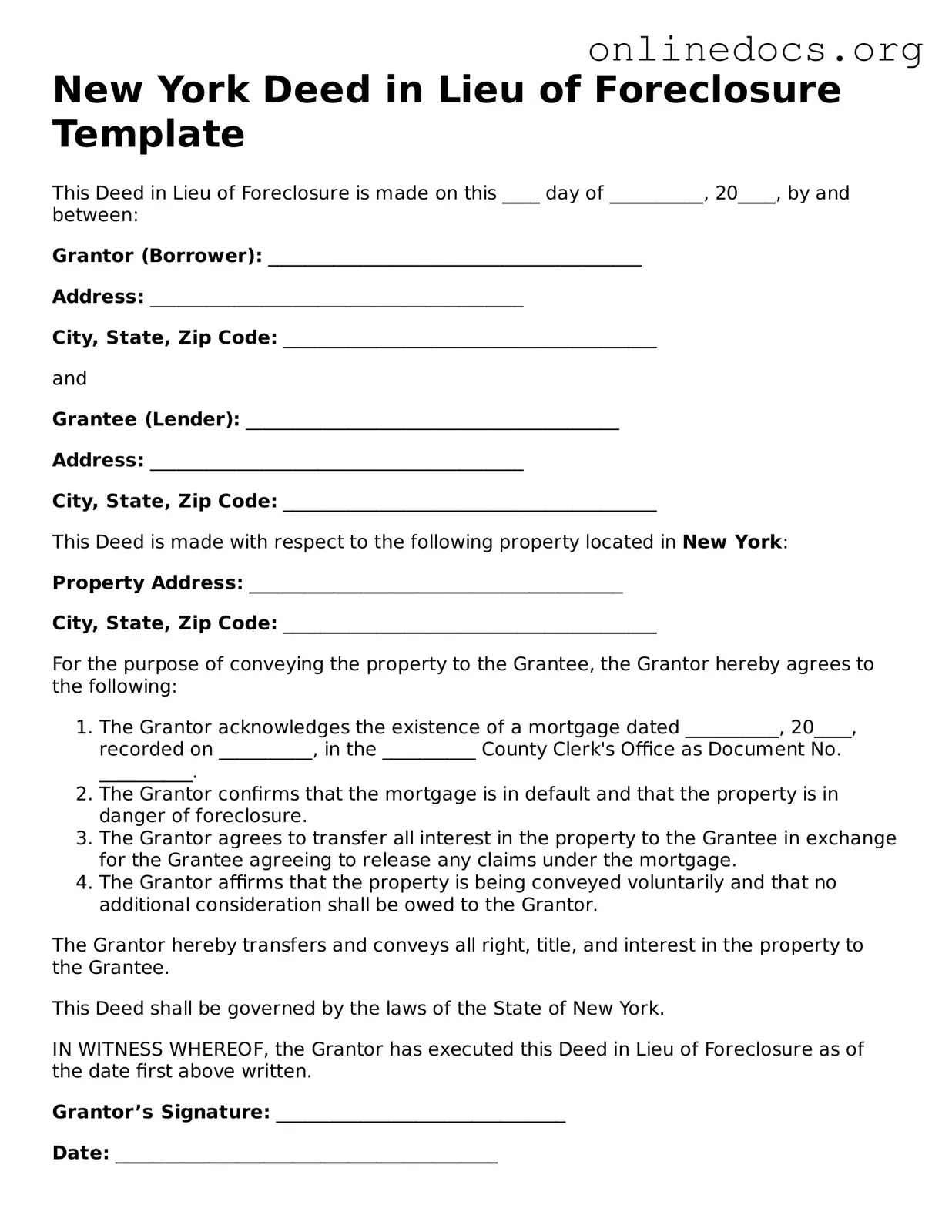The first document similar to the Deed in Lieu of Foreclosure is the Mortgage Modification Agreement. This document allows a borrower to modify the terms of their existing mortgage to make it more manageable. Just like a deed in lieu, it aims to prevent foreclosure by providing an alternative solution. Both documents involve negotiations between the borrower and lender, focusing on finding a mutually agreeable resolution to the borrower’s financial difficulties.
When dealing with the sale of a trailer, it’s important to have the correct documentation to ensure that the transaction is clear and legally binding. A Trailer Bill of Sale serves this purpose effectively, and for those looking to acquire a template for this important document, legalformspdf.com offers a reliable resource.
Another comparable document is the Short Sale Agreement. In a short sale, the lender agrees to accept less than the total amount owed on the mortgage when the property is sold. Similar to a deed in lieu, this option helps borrowers avoid foreclosure. Both processes require lender approval and involve the sale of the property, but in a short sale, the property is sold to a third party rather than transferring ownership directly to the lender.
The Forebearance Agreement also shares similarities with the Deed in Lieu of Foreclosure. This document allows borrowers to temporarily pause or reduce their mortgage payments during financial hardship. Like a deed in lieu, it aims to keep the borrower in their home while providing a solution to avoid foreclosure. Both documents require communication and cooperation between the borrower and lender to establish terms that work for both parties.
The Loan Assumption Agreement is another document that bears resemblance to a deed in lieu. In this arrangement, a buyer takes over the mortgage payments from the current borrower, effectively assuming the loan. This can help the original borrower avoid foreclosure while allowing the new buyer to acquire the property. Both documents involve the transfer of obligations related to the mortgage, but a loan assumption typically requires a buyer who is willing and able to take on the mortgage terms.
Lastly, the Bankruptcy Filing can also be compared to a Deed in Lieu of Foreclosure. When a borrower files for bankruptcy, it can halt foreclosure proceedings temporarily. This legal process provides the borrower with a chance to reorganize their debts and potentially keep their home. Both documents serve as a means to address financial distress and offer a pathway to avoid losing the property, though bankruptcy involves a court process and may have more long-term implications for the borrower's credit and financial future.
